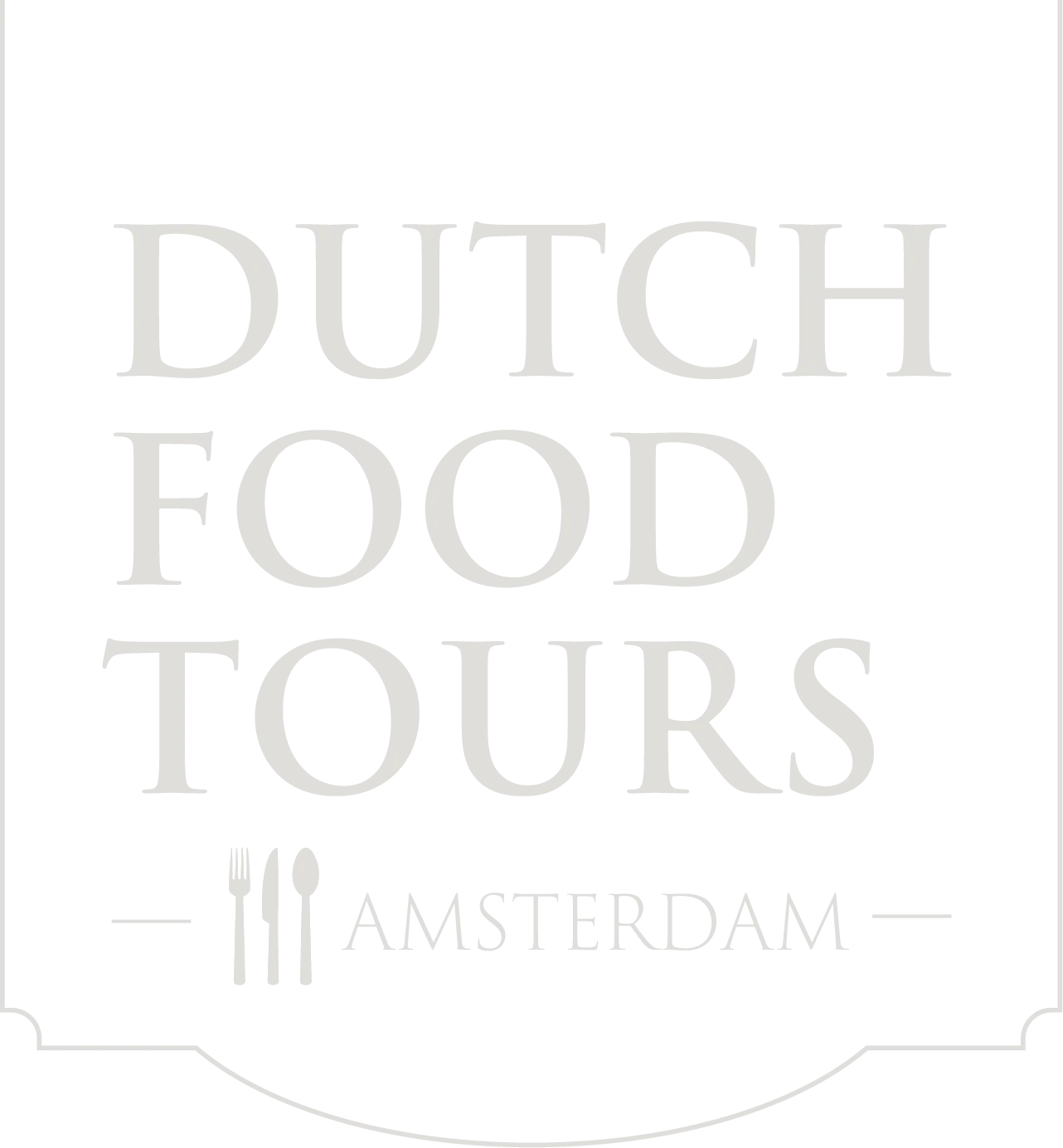If you’ve walked across Beursplein recently and thought, “Am I hallucinating or is that an elephant covered in tulips?” — good news: you’re not losing it. You’ve just stumbled upon the Elephant Parade, a global open-air art exhibition that’s brought a herd of painted pachyderms to the heart of Amsterdam.
And no, it’s not your average parade. No marching bands, no confetti. Just beautifully decorated, life-sized elephant statues — each with a story to tell.
A Square with a Story: The History of Beursplein
Before it was home to painted elephants and street performers with questionable juggling skills, Beursplein was all about business — serious business. The square gets its name from the Beurs van Berlage, the former stock exchange building designed by architect Hendrik Petrus Berlage and completed in 1903. Berlage’s design was radical at the time: bold, brick-heavy, and beautifully functional. A kind of architectural mic drop.
The building — and the square surrounding it — became the beating heart of Dutch finance for decades. Brokers in bowler hats once paced where today’s tourists now sip iced lattes and photograph tulip-covered elephant statues.
These days, Beursplein has traded stocks for street life. It’s where history meets the hustle, where past grandeur rubs shoulders with pop-up art and the occasional breakdancer. From high finance to high fives — welcome to modern Amsterdam.
So, What’s With the Elephants?
The Elephant Parade began in 2007 as a creative way to raise awareness (and funds) for elephant conservation. The idea? Invite artists from around the world to paint elephant statues, turn city streets into outdoor galleries, and auction off the art to support the protection of endangered Asian elephants. Spoiler: it worked. And Amsterdam was one of the first cities to fall trunk-over-heels for the idea.
This year, the Parade has taken up residence on Beursplein — that bustling plaza just between Dam Square and the start of shopping chaos. And honestly, it’s never looked better.
From Local Icons to Wild Designs
Each elephant in the parade is a one-of-a-kind creation. You’ll find Dutch-themed designs (yes, there’s one with Delft blue vibes), others splashed in wild colors, and a few so detailed you’ll want to touch them (but don’t — we’re watching you).
Some designs reflect cultural heritage, others raise questions about our environment. And then there’s always that one elephant that just makes you smile for no reason. Art, baby.
Why Elephants?
Besides being gorgeous, gentle giants, Asian elephants are critically endangered — largely due to habitat loss and poaching. The Elephant Parade uses art as a conversation starter. You come for the Instagrammable moment, but leave with a deeper awareness of a species fighting for survival.
It’s meaningful. It’s playful. It’s trunkloads of fun.
Quick Tips for the Parade-Stroller
- Time your visit for golden hour — those elephants are chef’s kiss in soft evening light.
- Look underneath them. Some artists leave little surprises or secret messages at the base.
- Play elephant bingo — how many different styles can you spot?
- Stop by during your Dutch Food Tour! We love sharing these unexpected corners of the city, and the elephants make a perfect pitstop between bites.
Ready to See?
The Elephant Parade is open daily and free to visit from 19 May–29 June 2025 on Beursplein. You’ll spot the elephant icons — and the duck (yes, look closely) — and you’ll leave smiling, maybe snapping, and definitely thinking about big grey gentle giants.
Let us know if you’d like suggestions for nearby spots to grab a coffee, bite, or more artsy surprises while you’re at it. Because Amsterdam’s not just about sights—it’s about stories, snacks, and that twinkle of joy in every corner.
